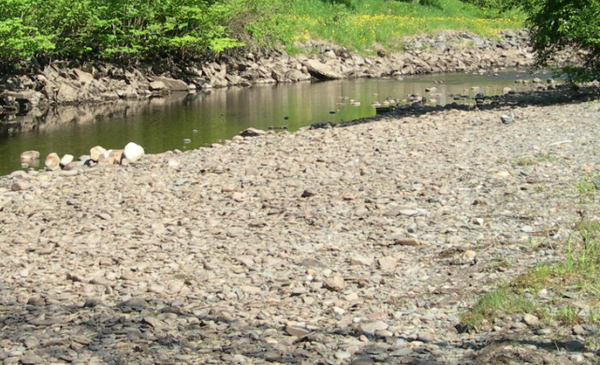Cleaning of substrate - ripping, ploughing and flushing
Introduction
In rivers with changes in the sediment dynamics and reductions in floods, the substrate will often gradually be clogged and armoured by finer sediments. Floods naturally flush fine materials away and re-instate the natural substrate composition. Depending on the time since last flushing and the upstream geomorphological conditions, floods of return period (return periods calculated as before regulation) of maybe 10 years or more might be needed to remobilise the sediment.
Clogging and armouring of the substrate will gradually reduce the interstitial spaces of the substrate, being important shelter for juvenile and small fish. Armouring of the substrate will also make it more difficult for fish spawning within the substrate to dig out their nests and deposit their eggs, and might also increase the mortality of eggs. This method is not efficient to improve the shelter conditions for adult fish. This are a set of different ways to clean substrate that has undergone gradually clogging and armouring. Ripping a method that makes use of an excavator equipped with some sort of a claw that will mobilise the sediment, and release the fine material that is flushed away with the natural flow. Ploughing is a similar method, but is usually hooked to a tractor that 'ploughs' the river and the fine material is flushed downstream by the natural flow.
Flushing of substrate refers to a method where the substrate is flushed with water under high pressures. This will also lead to the removal of fine sediments from the substrate, if successfully applied. This method is less feasible in rivers where the substrate naturally consists of finer grain sizes. Use of flushing is assumed to get better results when also algae, moss and other vegetation attached to the substrate are supposed to be removed.
It should also be assessed where the fine material that is flushed downstream ends, if it clogs river areas downstream, deposit in a downstream lake or estuary, and what impact that might cause.
